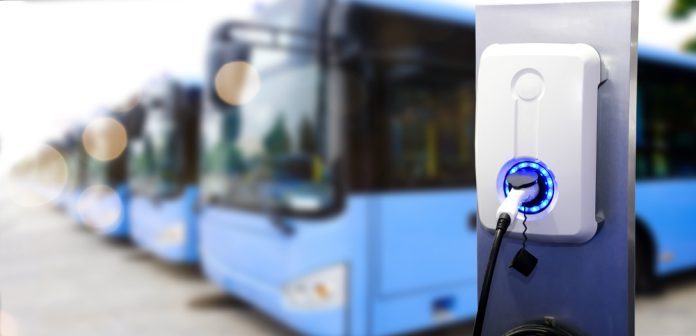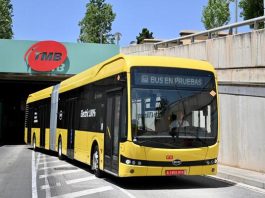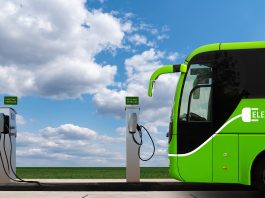As governments grapple with the pressing need to mitigate climate change and improve urban air quality, the role of electric buses in transforming public transportation has come to the forefront of policy discussions.
Initiatives to replace conventional diesel buses with electric counterparts are increasingly supported by a complex tapestry of government-led incentives and regulatory frameworks. These initiatives, while varied in scope and scale, share a common goal: to overcome the initial economic hurdles associated with electric bus adoption and establish a more sustainable transit paradigm.
Although the effectiveness of such policies in different geopolitical contexts remains under scrutiny, nascent successes in certain regions suggest a potential blueprint for broader application. However, as stakeholders consider the long-term viability of these policy measures, questions arise about the adequacy of current incentives, the readiness of infrastructure, and the overall impact on the transportation sector.
In this context, a closer examination of the diverse strategies employed by governments to encourage the uptake of electric buses becomes particularly pertinent.
The importance of electric buses in sustainable transportation
Electric buses are a cornerstone of sustainable transportation, significantly contributing to reduced greenhouse gas emissions and cleaner urban environments.
As the transportation sector evolves, electric buses emerge as a pivotal solution to environmental and public health concerns associated with traditional fossil fuel-powered vehicles.
By leveraging technological advancements, electric buses offer enhanced energy efficiency, which translates to lower operating costs and reduced urban air pollution.
The environmental impact of electric buses is substantial; they emit zero tailpipe emissions, leading to improved air quality and a reduction in health problems caused by air pollution.
This shift is critical in densely populated urban areas where traffic congestion often results in significant emissions and associated health risks.
Moreover, the energy efficiency of electric buses ensures -more sustainable use of resources, with Battery Electric Buses (BEBs) setting new benchmarks for reliability and cost-effectiveness in public transportation.
Government policies and incentives are shaping market trends, playing a decisive role in accelerating the adoption of electric buses. Countries worldwide are focusing on the heavy-duty vehicle segment and setting Zero-emission Vehicle (ZEV) deployment targets, demonstrating a global commitment to transitioning to a more environmentally friendly public transit system.
Such policies foster the increasing market demand for electric buses, along with investments in the necessary charging infrastructure.
Analysis of direct financial support, grants, and subsidies
Given the vital role of electric buses in sustainable transportation, it is essential to examine the array of direct financial support, grants, and subsidies that governments offer to stimulate electric bus purchases.
This financial assistance is a cornerstone of government funding strategies to accelerate the shift towards low-emission public transit systems.
By reducing the upfront cost disparity between electric buses and their conventional counterparts, these economic measures play a pivotal role in the decision-making process for transit authorities and operators.
Government subsidy programmes often cover a significant portion of the purchase price of electric buses, making them a more viable option for municipalities and transport companies.
Purchase grants provided by national and regional governments directly lower acquisition costs and can be complemented by additional incentive schemes designed to support the long-term operation and maintenance of electric fleets.
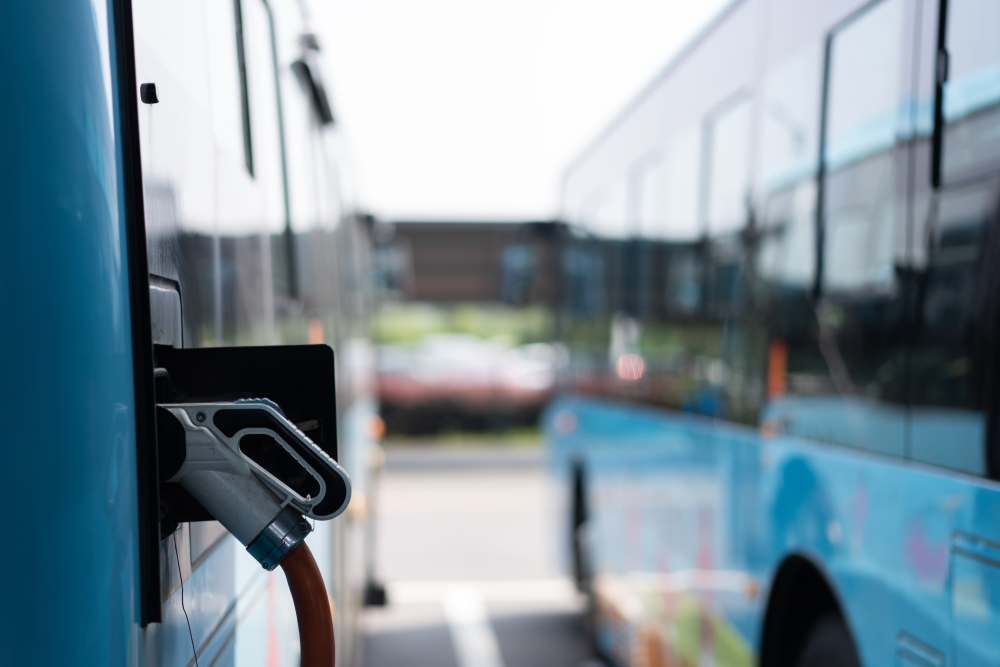
These may include reduced electricity rates for charging or assistance with the installation of charging infrastructure.
Moreover, subsidy programmes are typically structured to encourage early electric bus adoption and support a gradual increase in electric bus numbers.
As a result, the initial batches of electric buses serve as showcases for the technology, spurring further investment and interest in clean public transport options.
To ensure the success of these incentive schemes, governments often set aside dedicated funds for clean vehicle technologies and stipulate clear eligibility criteria.
This strategic approach ensures that government funding is used effectively and that the benefits of financial assistance—such as improved air quality and reduced greenhouse gas emissions—align with broader environmental and public health goals.
Through these concerted efforts, direct financial support from governments is catalysing the adoption of electric buses worldwide.
Tax breaks, rebates, and other fiscal incentives
To alleviate the substantial initial expenses associated with electric buses, governments have instituted a range of fiscal policies, including tax breaks and rebates, designed to lessen the financial burden for bus operators.
Understanding these incentives is vital for operators considering the switch to electric fleets, as they can significantly offset the higher upfront costs relative to traditional diesel buses.
Tax breaks often come in the form of reduced vehicle registration fees or exemptions from certain taxes for electric bus owners.
For instance, some jurisdictions offer a full or partial exemption from sales taxes on the purchase of electric buses, leading to direct cost savings. Rebates, on the other hand, may provide immediate cash back on the purchase or lease of electric buses, further reducing the initial investment required.
The operational benefits of electric buses, including lower fuel and maintenance costs, are complemented by these fiscal incentives, leading to a total cost of ownership that is increasingly competitive with conventional buses.
This economic appeal is crucial for market growth, as operators are more likely to invest in technologies that promise a favourable return on investment.
Fiscal incentives also address the environmental impact of public transportation by making zero-emission buses more accessible.
Finally, these incentives contribute to industry competitiveness, as bus manufacturers and operators who quickly adapt to electric technology can gain a market advantage.
This competitive edge is vital for fostering innovation and accelerating the transition to sustainable transportation solutions.
Regulatory measures, emission standards, and mandates encouraging electric bus adoption
Beyond fiscal incentives, regulatory measures, including stringent emission standards and mandates, play a crucial role in steering public transportation networks away from diesel and toward electric bus systems.
Governments across the globe enforce these policies to curb the environmental impact of conventional buses and to meet international climate goals.
Regulatory mandates serve as a significant driver for electric bus adoption, as they often require public transportation fleets to meet certain low-emission thresholds.
Emission standards are becoming increasingly stringent, compelling transit authorities and bus operators to consider cleaner alternatives. These standards limit the amount of pollutants, such as nitrogen oxides and particulate matter, that vehicles can emit, making diesel buses less attractive.
The adoption of electric buses is seen as a viable pathway to comply with these regulations, leading to a positive impact on air quality and public health.
Policy effectiveness is evident as government support for electric transportation has led to a significant impact on the electric bus market.
Incentives aimed at reducing the upfront acquisition costs of battery-electric buses have made them more competitive with traditional diesel buses.
As a result, the growth of the electric bus market is accelerating, with a noticeable increase in demand influenced by these government interventions.
The transition to electric buses is further facilitated by government support through comprehensive policies that not only include incentives but also provide infrastructure investments, such as charging stations.
This holistic approach ensures that the transition to electric buses is smooth and sustainable, underscoring the commitment of governments to a cleaner, greener future in public transportation.
Developing charging infrastructure and maintenance facilities for electric buses
Recognising the critical role of infrastructure in the widespread adoption of electric buses, governments worldwide are investing substantially in the development of dedicated charging stations and maintenance facilities.
These investments are pivotal to ensuring that the operational needs of electric buses are met efficiently, thus propelling the shift to greener public transportation options.
Charging infrastructure is at the heart of electric bus adoption. To address this, governments are offering a range of incentives, including tax benefits and subsidies, to facilitate the building of charging networks.
For instance, strategic deployment of charging stations in urban areas is being carried out in some cities to maximise accessibility and convenience for electric bus fleets.
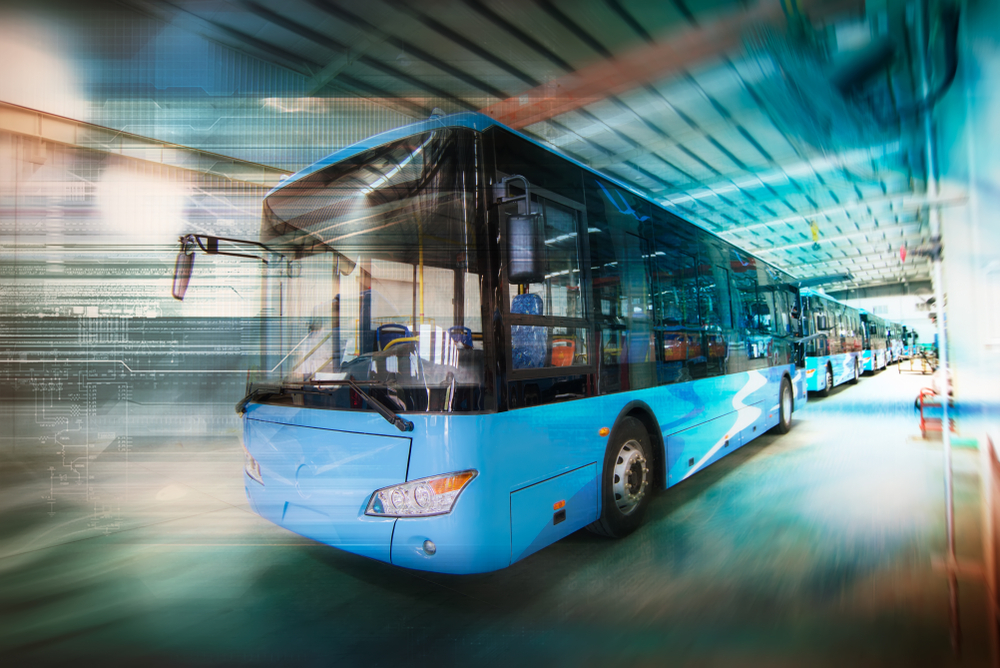
Policy support has also led to changes in building codes to include charging points in new construction projects, further expanding the network of available charging options.
Maintenance facilities are equally important, as they ensure the longevity and reliability of electric buses. Recognising this, government incentives are directed not only toward the initial cost of establishing these facilities but also toward training personnel in the specialised maintenance electric buses require.
Such policies are instrumental in developing a workforce adept at handling the unique challenges posed by electric vehicle technology.
Government-sponsored R&D programmes
Building upon the foundation of charging infrastructure and maintenance facilities, governments are also initiating research and development programmes to enhance electric bus technology and drive battery innovation.
Recognising that cutting-edge technology is pivotal for the widespread adoption of electric buses, these government-sponsored research initiatives are critical in pushing the boundaries of what is currently possible within the realm of sustainable transportation.
For instance, policy frameworks in numerous countries incorporate funding for projects that aim to improve the energy density, durability, and cost-effectiveness of electric bus batteries.
These efforts are crucial since battery performance and cost are significant factors influencing electric bus adoption rates.
By investing in battery innovation, governments are facilitating a future where electric buses can operate for longer distances and with reduced lifecycle costs, thus making them more attractive for public transit authorities and private operators alike.
Furthermore, technological advancements are not restricted to batteries alone. Government-sponsored research is also exploring enhanced powertrain efficiencies, regenerative braking systems, and the integration of renewable energy sources.
These R&D programmes aim to optimise the overall performance and environmental benefits of electric buses.
These government-led initiatives demonstrate a commitment to overcoming the technological and economic barriers that currently exist in the electric bus market.
By offering a combination of competitive tenders and purchase subsidies, governments are not only stimulating market demand but also fostering an environment where innovation can thrive.
As cities globally continue to adopt electric buses, these R&D efforts underpin the momentum toward cleaner, more sustainable public transport solutions.

